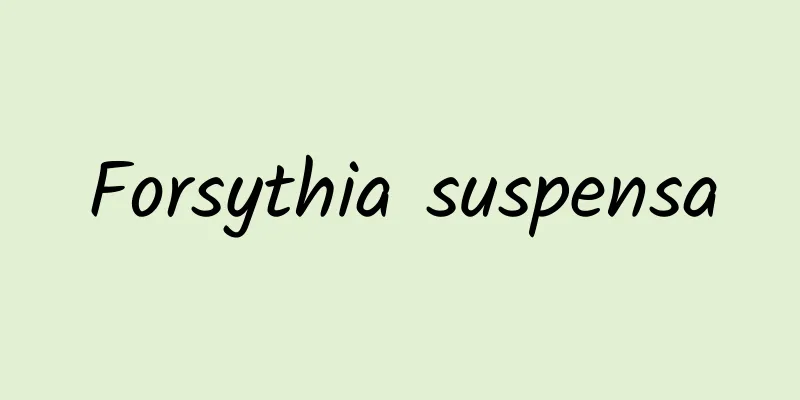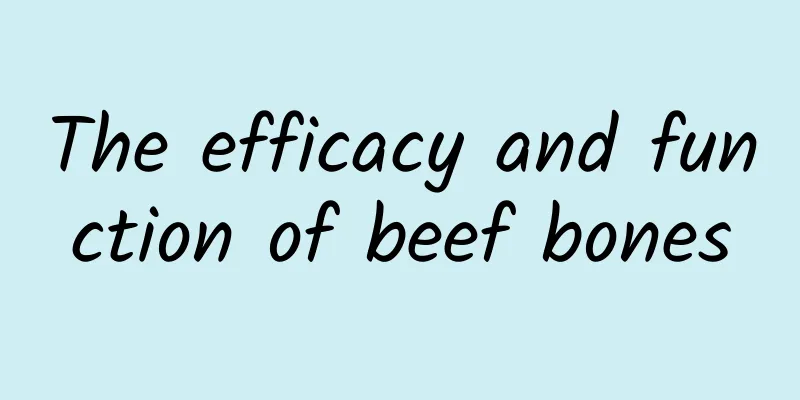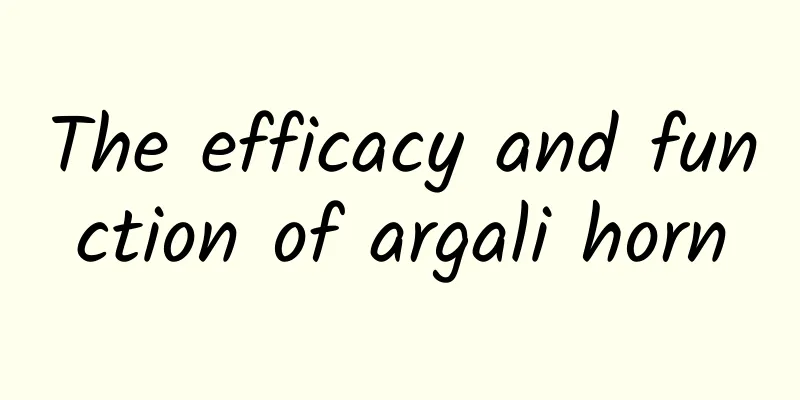Forsythia suspensa

|
Speaking of the evergreen shrub plant Forsythia suspensa, I believe many people are familiar with it. In fact, the yellow-leafed false forsythia has beautiful color, mainly golden yellow, which is very eye-catching and easy to trim and shape. In addition, its vitality is still very tenacious, so it has great ornamental value and greening function. So what are the growth habits and morphological characteristics of yellow-leafed pseudoforsythia? Yellow-leafed Forsythia is a highly ornamental plant. In addition, they like to grow in a sunny and ventilated environment. Generally, if the weather is warm, they can bloom all year round, so they are loved by many people. Below I will give you a detailed introduction to the plant Forsythia suspensa. Forsythia suspensa The yellow-leafed false forsythia has bright golden color and is eye-catching. It is easy to manage, durable to pruning and shaping, has strong germination ability and strong growth. It has strong greening function and ornamental value. Morphological characteristics Evergreen shrubs or small trees. The plant is 1 to 3 meters tall, with drooping or spreading branches and square stems that are green to gray-brown. The leaves are opposite, ovate-elliptical or obovate, 2 to 6 cm long, with coarse thorns above the middle, papery and green. The racemes are arranged in loose cones and are terminal; the flowers are small and usually grown on one side of the central axis, in the shape of a high-footed saucer; the corolla is blue-purple or white; the flowering period is from May to October. The drupe is fleshy, oval, golden yellow, clustered and enclosed in sepals, and shiny. There are two main species of Forsythia distributed in various regions: 1. Yellow leaf Forsythia suspensa (also known as golden leaf). Evergreen creeping shrub with thorns. The leaves are opposite, ovate-elliptical or obovate, and the young leaves are golden yellow; the inflorescence is terminal. 2. Variegated Forsythia suspensa. Species distribution: Native to Mexico, Brazil, and the West Indies, it is widely cultivated in southern my country and mostly grown in potted plants in the north. Growth habit Forsythia suspensa prefers a warm, sunny, cool and ventilated environment. It is slightly shade-tolerant but has poor cold tolerance. The wintering temperature must be above 5℃. It can grow well in general soil. It has strong germination ability, is resistant to pruning, grows fast, and the suitable growth temperature is 18℃~28℃. It can bloom all year round if the weather is warm. Practical value The yellow-leafed false forsythia has bright golden color and is eye-catching. It is easy to manage, durable to pruning and shaping, has strong germination ability and strong growth. It has strong greening function and ornamental value. Rapid Propagation In the southern landscaping, it is widely used as colorful ground cover or made into patterned landscaping, and is trimmed and shaped for beautification and colorization. In order to solve the problem of large dosage and large number of seedlings, rapid field propagation can be adopted to expand the propagation coefficient and meet market demand. Reproduction method 1. Site selection: It is advisable to choose a place with water source and convenient transportation. The environment requires sufficient sunlight and no water accumulation, and the soil should be fertile colloidal loam, or garden soil or rice field soil. Avoid shaded areas and places where rainwater accumulates. 2. Land preparation and ridge making: On the selected field, dig ridges with a length of 10 meters and a width of 1 meter according to the needs of the seedbed. First, plow the soil, break up the soil, and remove the debris. You can add a small amount of decomposed organic fertilizer or compound fertilizer, then rake it flat and dry it in the sun for 1 to 2 days. 3. Bagging: On the finely turned and dried bed surface, use 15cm×10cm or 12cm×8cm seedling bags, fill them with soil (the seedling bags must be filled firmly), straighten them out, and arrange them in rows and ridges. Dig drainage ditches between ridges to facilitate walking and working. The number of seedling bags can be determined according to the number of seedlings. 4. Seedling cultivation: Seedling cultivation is mainly carried out by cuttings, which can be carried out all year round in frost-free areas in the south. The material for raising seedlings can be the tender branches of the current year that are pruned from the large seedlings. Note that it is advisable to choose cuttings that are plump, strong, golden in color, and free of pests and diseases in the current year, because the branches grown in the current year are easy to germinate and take root, and the rooting speed of young branches is better than that of old branches. Young branches > 2-year-old branches > old branches. The branches of young shoots are also easy to pick and come in larger quantities. Cut into about 10 cm, and insert 3 branches directly into the seedling bag. The 3 branches can form a clump early. After the cuttings are bagged, they can be covered with 85% shading netting to provide shade. 5. Management: Keep the soil in the seedling bag moist and avoid direct sunlight on the cuttings. Generally, untreated cuttings can take root and sprout after 20 days. After rooting and sprouting, the shade can be gradually removed, and appropriate light can be provided. Then water and fertilizer management can be carried out, and 0.1% potassium dihydrogen phosphate foliar fertilizer can be sprayed once a week. 6. Transplantation: Well-managed seedlings can generally be transplanted in three months. To prevent and control diseases and insect pests before transplanting, you can spray carbendazim and Baijingqing 2 to 3 times for prevention. In this way, we can obtain a large number of yellow-leafed false forsythia seedlings with complete seedlings and easy mobility in a short period of time to meet the large-demand greening requirements. Advantages: Large quantities of high-quality seedlings can be provided in a short period of time. Shorten the growth period and save costs. It is easy to transport and has a higher survival rate. The reproduction coefficient is improved, cuttings are saved, and the survival rate can reach over 95%. Seedling raising technology is simple and easy to manage. After reading the above detailed introduction to the plant yellow-leafed false forsythia, I believe everyone has a general understanding of this type of plant. In addition to its beautiful color, the yellow-leafed false forsythia is very easy to shape and trim. Therefore, it is mostly used as a large-scale greening plant and landscape plant in southern regions. It has a good aesthetic and greening effect. Therefore, the yellow-leafed false forsythia is a very good plant. |
Recommend
Why is it still so cold in spring? It turns out it’s all because of the late spring cold snap!
Mixed Knowledge Specially designed to cure confus...
The South is Drier Than the North? Big Data Reveals Where is the Driest Place in my country
In early December this year, most of the south re...
The efficacy and function of Tianshui ant grass
Tianshui Yicao is a famous traditional commonly u...
How can I explain to people that not getting enough sleep will also make you fat?
Losing weight is difficult, it is difficult, as d...
The efficacy and function of Bignonia root
Chinese medicinal materials are very common, and ...
The efficacy and function of Prunus mume
Prunus mume is also called mountain plum, small p...
What are the characteristics of the new generation of Long March carrier rocket?
The new generation of Long March launch vehicles ...
The efficacy and function of Inula root
After thousands of years of sedimentation and acc...
High-tech underwear for body wear! Is graphene underwear a waste of money?
"Dehumidification and sterilization", &...
Can Bidens pilosa lower blood pressure?
Many people like to go out to play because it all...
The efficacy and function of Eurya truncatula
As people's research on traditional Chinese m...
8 bad cooking habits are ruining your family’s health, correct them as soon as possible!
For some food connoisseurs, cooking by themselves...
The efficacy and function of Kite Brain Marrow
Traditional Chinese medicine has a history of tho...
Gastric cancer is getting younger, so get rid of these bad habits now!
In the past, when I heard about elders getting st...









